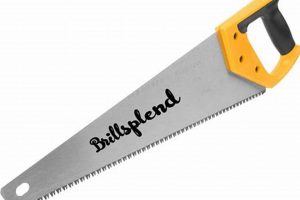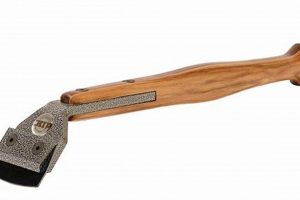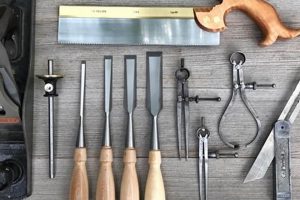
Implements employed in shaping wood, powered manually and available through a major online retailer, encompass a wide array of instruments. These range from fundamental cutting tools like saws and chisels to shaping... Read more »

The practice involves shaping and joining wood using manually operated cutting tools. It encompasses a range of techniques, from rough stock removal to precise joinery, relying on the user’s skill and physical... Read more »

Implements utilized in shaping and manipulating wood, created through the manual heating and hammering of metal, represent a distinct category of tools. These instruments, often characterized by their durability and unique aesthetic... Read more »

A collection of essential implements tailored for individuals beginning their journey into the craft of shaping wood manually. Such a collection typically includes tools for measuring, marking, cutting, shaping, and joining wood.... Read more »

The use of compact, manually-operated cutting tools in timber crafting constitutes a specific approach characterized by precision and control. A notable example involves creating intricate dovetail joints for drawer construction, where the... Read more »

The selection of an optimal manual cutting tool tailored for delicate timber projects significantly influences the precision and quality of the resulting work. This tool must offer a balance of control, sharpness,... Read more »

The practice involves employing a specialized tool, characterized by a hardened steel blade, to refine wood surfaces. This technique, unlike sanding, removes minute shavings to achieve an exceptionally smooth and precise finish.... Read more »

The availability of implements for shaping and manipulating wood on the specified online marketplace provides a broad selection of instruments essential for both amateur and professional woodworkers. These tools encompass a range... Read more »

The selection of appropriate tools significantly influences the quality and efficiency of woodworking projects. One such tool, designed for shaping, smoothing, and truing wood surfaces, requires careful consideration. This tool enables woodworkers... Read more »

A compact, manually operated cutting tool designed for shaping wood, featuring a blade with hardened teeth set within a frame or handle, allows for precise and controlled cuts. These tools are particularly... Read more »


